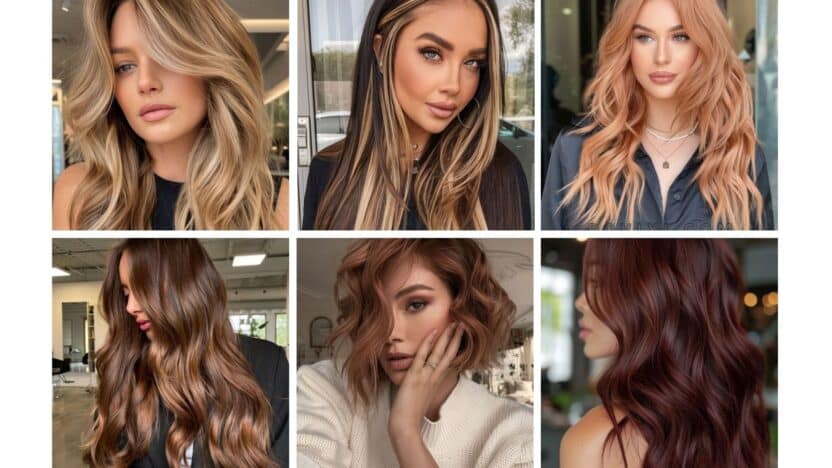Choosing a new hair color isn’t just about following trends—it’s about expressing who you are. The shade you pick can highlight your personality, set the tone for your style, and even shift how others see you. The right color for the new season is the one that reflects your character while staying in tune with current trends.
This season brings a mix of warm, natural tones like honey butter blonde and caramel alongside bolder options such as cherry cola and smokey silver. You can lean into subtle elegance with soft bronde or make a statement with rich contrasts like color-blocked highlights. Each choice tells a story about your confidence, creativity, and individuality.
The key is finding a balance between what’s trending and what feels authentic to you. By choosing a shade that complements your features and matches your lifestyle, you’ll create a look that feels fresh while staying true to your character.



Key Takeaways
- Hair color can reflect personality and style
- Seasonal trends offer both natural and bold options
- The best choice balances trends with personal expression
How Hair Color Defines Character and Style
Your choice of hair color can influence how others see you and how you see yourself. It can highlight certain personality traits, signal your mood, and even shape how you present your style in daily life.
The Psychological Impact of Hair Color Choices
Hair color often carries subtle psychological associations. For example, brown hair is commonly linked with reliability and stability. People may see you as approachable and grounded when you choose this shade.
On the other hand, purple hair or other bold tones can reflect creativity and independence. These colors often suggest that you enjoy standing out and expressing individuality rather than blending in.
Lighter shades, such as blondes, sometimes give off a youthful or energetic impression. Darker colors, like black or deep brown, can appear more serious or sophisticated.
Your decision can also affect your self-perception. Many people report feeling more confident or refreshed after changing their hair color, which shows how appearance can shape mindset.
Expressing Personality Through Color
Hair color works as a form of self-expression. Choosing a vibrant shade like purple hair can signal playfulness or artistic flair. It tells others that you value creativity and are comfortable making bold choices.
Natural shades can also express personality. Brown hair, for instance, often suggests dependability and balance. If you prefer subtle variations, such as caramel or chestnut, you may want to highlight warmth without drawing too much attention.
You can also use highlights or ombré effects to show flexibility. These styles mix natural tones with lighter or brighter shades, which can suggest openness to change while keeping a polished look.
Think of your hair color as part of your personal style language. Each shade communicates something, even if you don’t intend it to.
Matching Hair Color to Lifestyle
Your lifestyle plays a major role in choosing the right hair color. If you have a busy schedule, low-maintenance colors like brown hair or darker shades may suit you best because they require fewer touch-ups.
If you enjoy experimenting and have time for upkeep, vibrant colors like purple hair can be a fun option. These shades often need more frequent care to stay vivid.
Consider your work environment too. Some professional settings may expect natural tones, while creative industries often welcome bold colors.
Maintenance, budget, and daily routine all matter. Choosing a shade that fits your lifestyle ensures your hair color looks fresh and feels comfortable long-term.
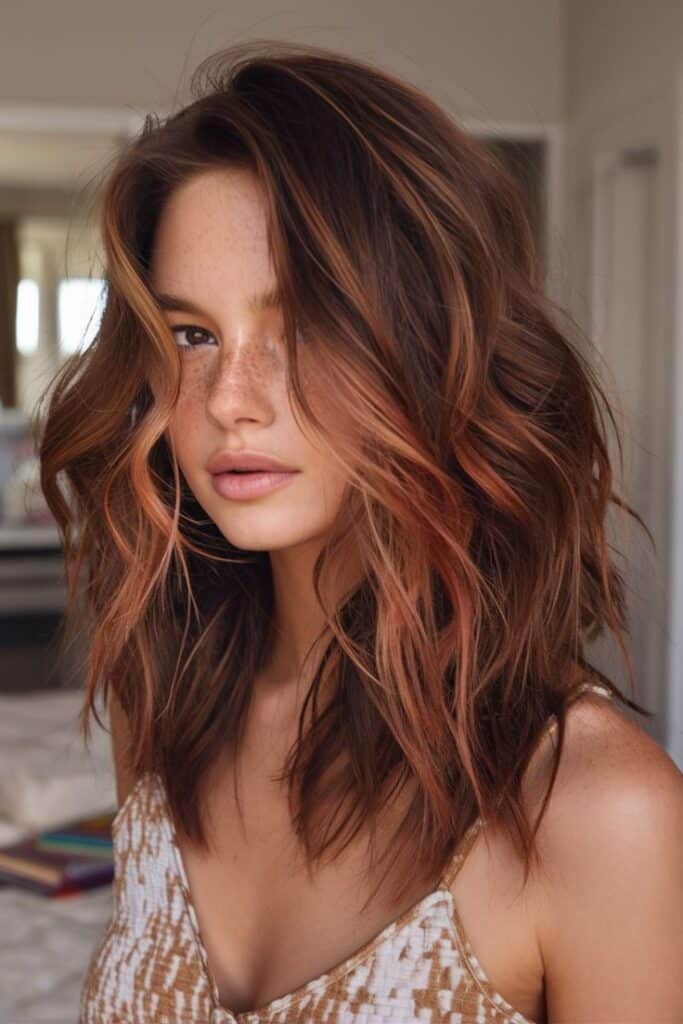
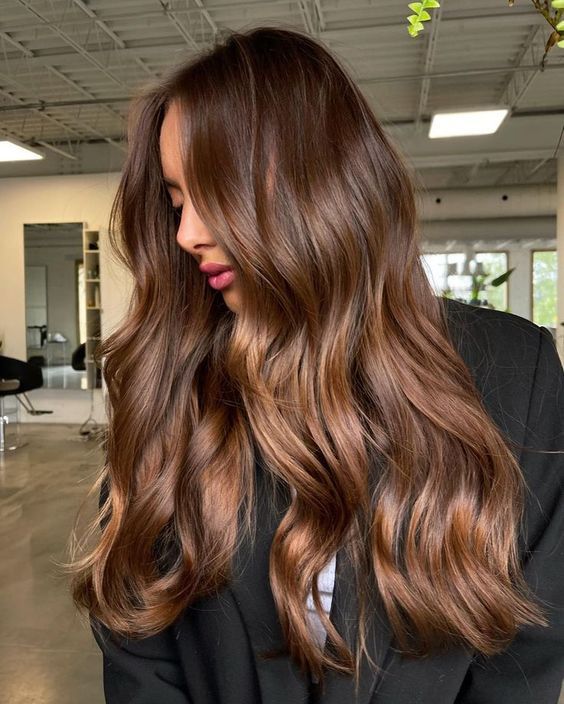
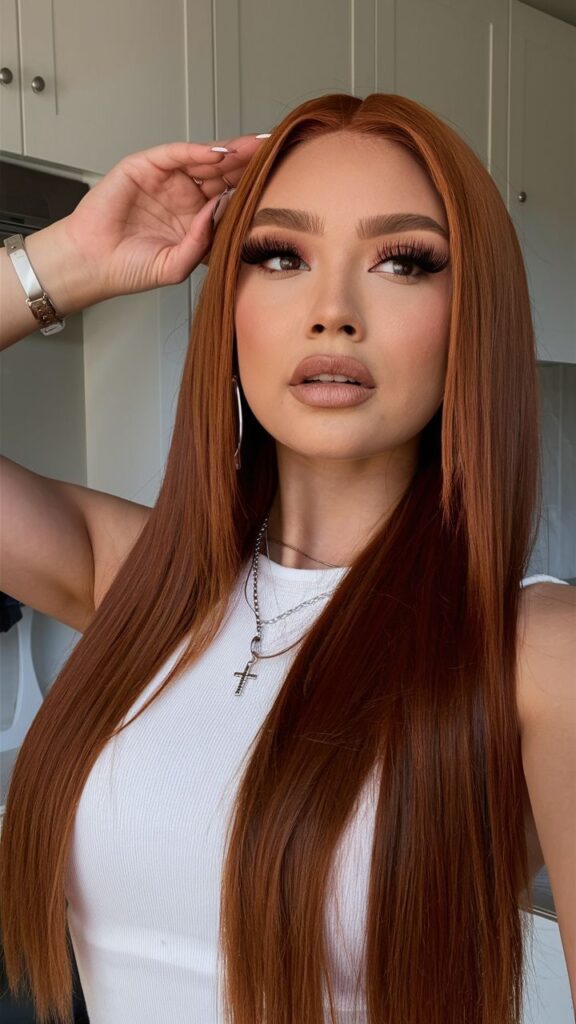
Trending Hair Colors for the New Season
You’ll see a mix of refreshed classics and modern updates this season, with natural tones sitting alongside bold statement shades. Subtle techniques like babylights balance out richer looks such as copper and chunky highlights, giving you options whether you prefer understated elegance or more noticeable dimension.
2024 Hair Color Trends Overview
In 2024, hair color leaned toward warm, wearable shades that worked across different skin tones. Rich brunettes, golden blondes, and soft reds became popular because they felt approachable but still elevated. These tones made hair look healthy and glossy without requiring extreme upkeep.
Platinum blonde also held its place, especially for those who wanted a striking, high-maintenance look. On the other end, muted fantasy shades like purple hair started gaining traction, often applied in softer, blended ways rather than bold blocks of color.
The overall direction favored richness and depth. Instead of flat, single-process colors, you saw layered tones that created shine and movement. This set the stage for 2025, where the same ideas are being refined with even more focus on dimension and subtlety.
Balayage and Babylights Techniques
Balayage and babylights remain two of the most requested techniques because they deliver natural-looking results. Balayage gives you a sun-kissed effect with hand-painted highlights that grow out softly, making it a lower-maintenance option for busy schedules.
Babylights, on the other hand, use very fine highlights to mimic the soft, natural streaks children often have. They add brightness without looking stripy or harsh. This method works well if you want a subtle glow rather than a dramatic change.
Both techniques can be customized to suit brunettes, blondes, and redheads. For example, balayage in caramel or honey tones can warm up darker hair, while babylights in cool blonde shades can brighten platinum hair without overwhelming it.
Expensive Brunette and Old Money Blonde
The “expensive brunette” trend focuses on deep, glossy brown shades with multi-tonal dimension. You might see chocolate bases enhanced with subtle ribbons of caramel or chestnut, giving the hair a polished but natural finish. This look pairs well with minimal styling because the color itself adds richness.
Old money blonde takes inspiration from classic, understated blondes. Instead of icy platinum, this shade leans toward creamy beige, honey, or soft champagne tones. It’s designed to look timeless and effortless rather than trendy or bold.
Both styles emphasize healthy, well-maintained hair. Regular gloss treatments and conditioning routines keep these colors looking refined, which is key since the appeal lies in their shine and depth rather than dramatic contrast.
Copper Hair Color and Chunky Highlights
Copper hair color has surged in popularity because it offers warmth and vibrancy without being overly bold. Shades range from light strawberry tones to deeper auburns, giving you flexibility depending on your skin tone and personal style. Copper also adds brightness to your complexion, making it a flattering choice for many.
Chunky highlights, once a hallmark of the early 2000s, are making a comeback with a modern twist. Instead of stark, contrasting streaks, today’s chunky highlights are blended more thoughtfully. You’ll see wider ribbons of color in complementary shades that add dimension and texture.
Pairing copper with chunky highlights can create a striking effect, especially when lighter golden or caramel pieces are layered over a deeper copper base. This combination balances boldness with wearability, giving your hair a fresh update that still feels approachable.
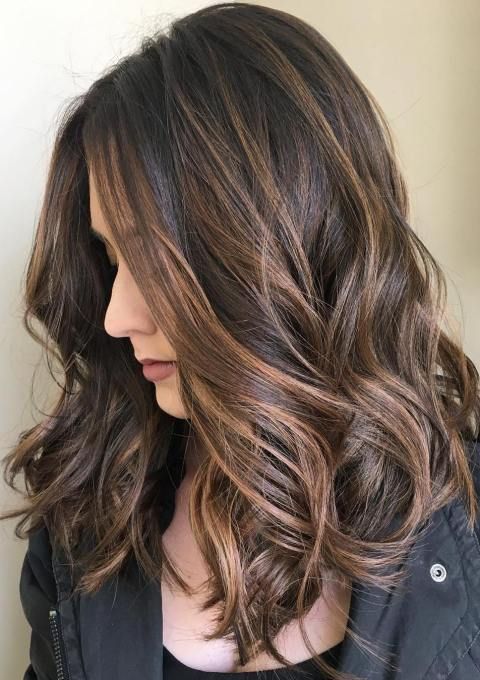
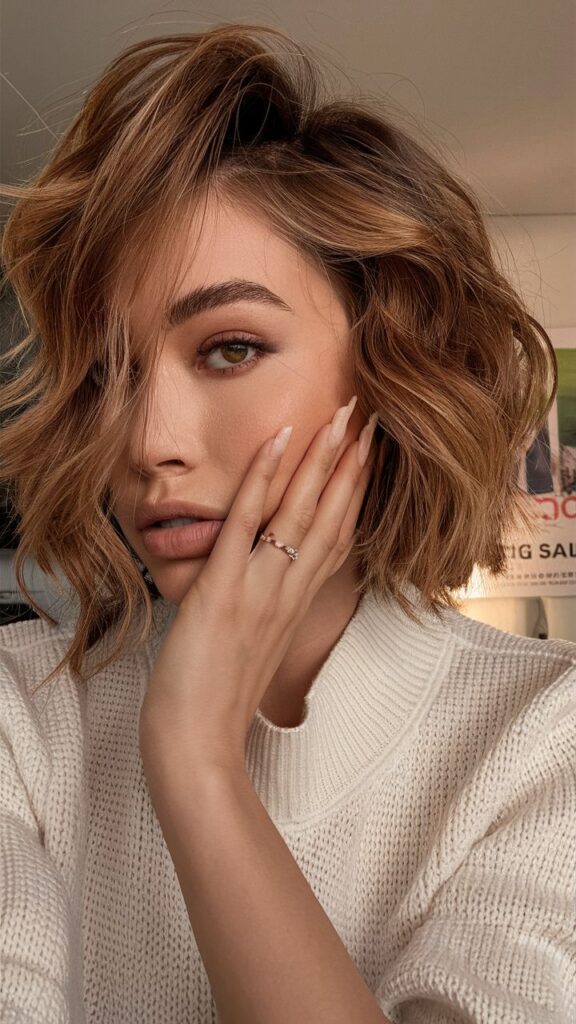
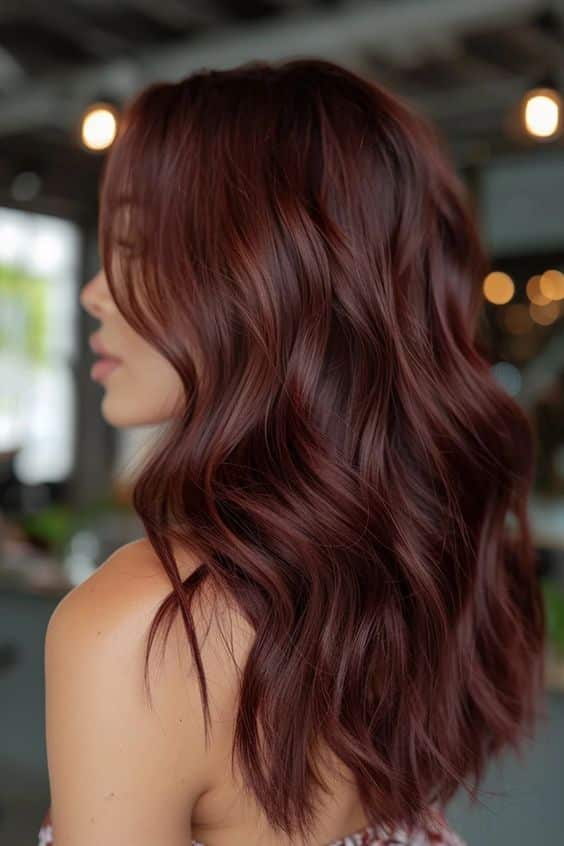
How to Choose the Perfect Hair Color for You
The right hair color depends on how it works with your natural features, how much upkeep you want, and whether it matches your personal style. Paying attention to undertones, seasonal palettes, and modern low-maintenance techniques can help you find a shade that feels natural and easy to wear.
Considering Skin Tone and Undertones
Your skin tone and undertones play the biggest role in finding a flattering shade. Warm undertones (yellow, peach, or golden) usually look best with warm hair colors like honey blonde, copper, or caramel brown. Cool undertones (pink, red, or bluish) pair well with ash blonde, cool brown, or black.
To identify undertones, look at the veins on your wrist. Greenish veins often mean warm undertones, while bluish veins suggest cool undertones. If you see both, you may have neutral undertones, giving you flexibility with color choices.
Eye color can also guide your decision. For example, hazel or green eyes often stand out with warm tones, while blue or gray eyes pop against cooler shades. Matching hair color to these natural features ensures balance and harmony.
Seasonal Color Analysis
Seasonal color analysis divides people into four categories—spring, summer, autumn, and winter—based on undertones, depth, and contrast. Each season suggests a palette of hair colors that work best with your natural coloring.
- Spring: Light, warm shades like golden blonde or strawberry blonde.
- Summer: Soft, cool tones such as ash blonde or light brown.
- Autumn: Rich, warm hues like chestnut, auburn, or golden brown.
- Winter: Deep, cool colors such as jet black, dark brown, or icy blonde.
This method helps you avoid shades that clash with your complexion. For example, an autumn type usually looks washed out with ash blonde but glows with copper or chestnut. Using this framework makes it easier to narrow down your choices.
Low-Maintenance Options: Shadow Root and Lived-In Looks
If you want less upkeep, techniques like shadow root and lived-in color can save you time and salon visits. A shadow root blends darker roots into lighter ends, creating a soft transition that grows out naturally.
Lived-in looks use subtle highlights and lowlights to mimic natural dimension. This style works well if you prefer hair that looks polished but doesn’t need constant touch-ups.
These approaches also reduce visible regrowth, making them ideal if you’re trying a lighter shade but don’t want to commit to frequent coloring. Choosing a low-maintenance style keeps your hair looking fresh while giving you more flexibility in your routine.
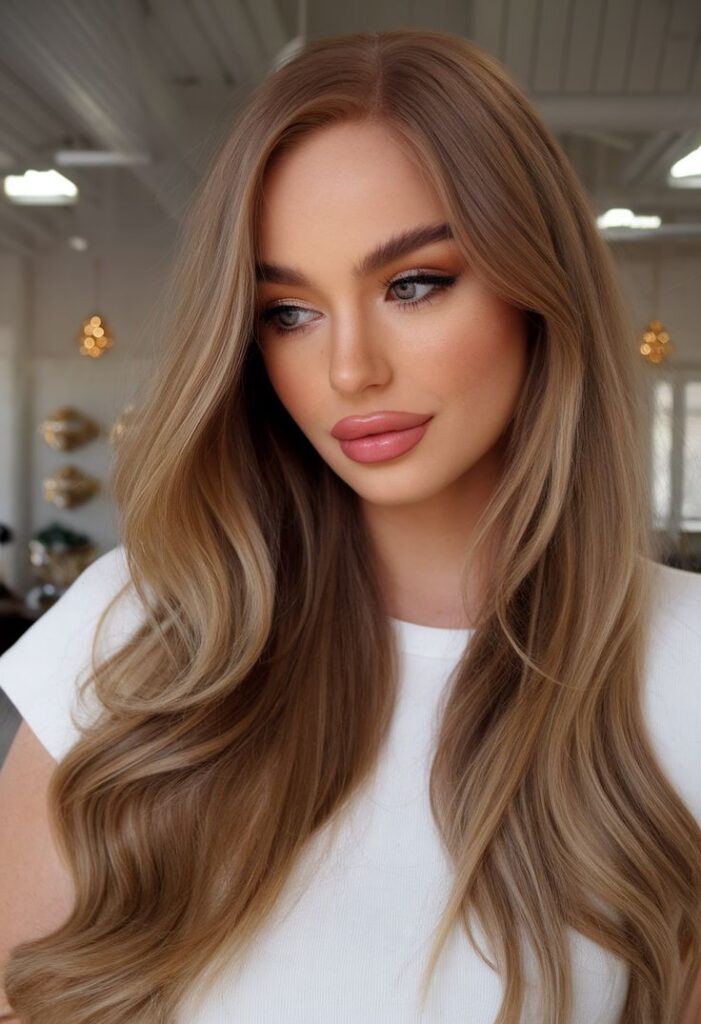
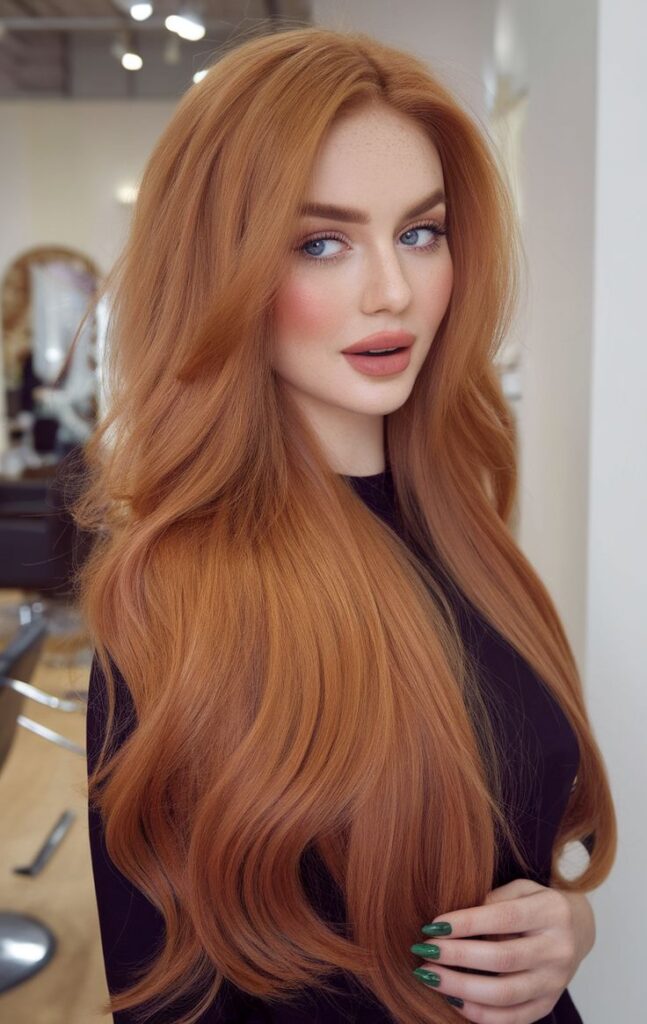
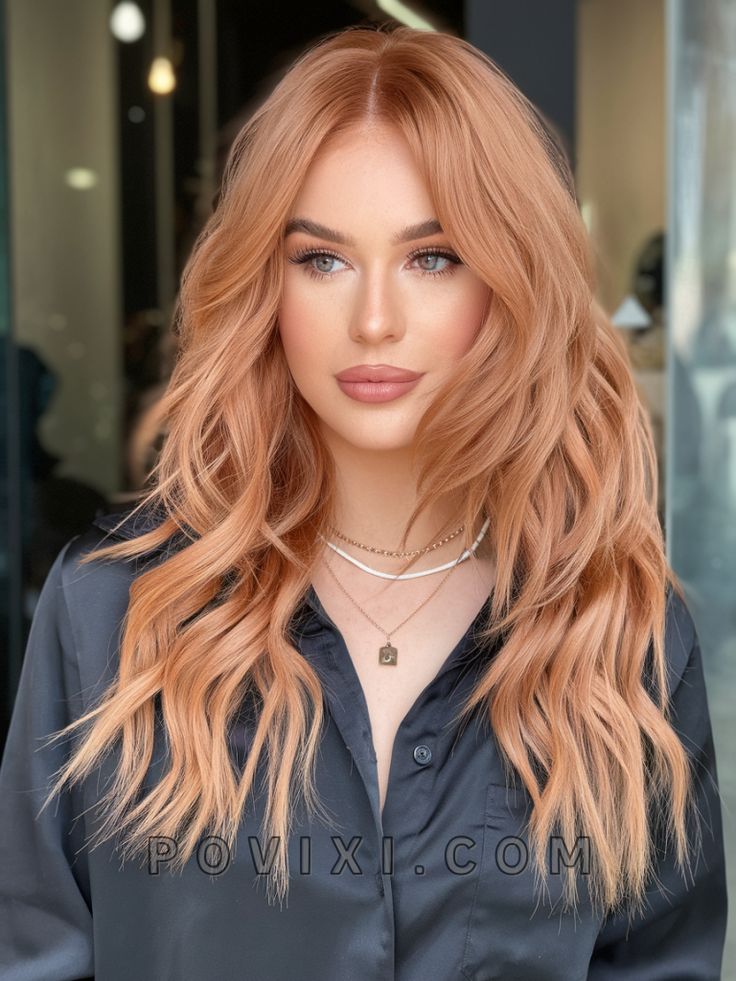
Caring for Colored Hair and Maintaining Vibrancy
Colored hair needs consistent care to stay bright and healthy. Using the right products, managing wash routines, and adding targeted treatments will help you prevent fading and dryness while keeping your style looking polished.
Essential Hair Care Products
Start with a sulfate-free shampoo and conditioner because sulfates strip pigment and moisture. Look for formulas labeled color-safe to protect tone and reduce dullness.
Between washes, a dry shampoo helps you refresh your roots without over-washing. This keeps your color intact for longer. A texturizing spray can also add volume and style without heat, reducing stress on fragile strands.
When heat styling, always apply a heat protectant spray. High temperatures can cause pigment loss and dryness, so keeping a barrier in place makes a noticeable difference.
Quick checklist for basics:
- Sulfate-free shampoo & conditioner
- Dry shampoo for in-between washes
- Heat protectant before styling
- Texturizing spray for volume without damage
Keeping Color Fresh: Purple Shampoo and Shine Spray
If you have blonde, silver, or highlighted hair, purple shampoo is essential. It neutralizes yellow or brassy tones, keeping your color cooler and brighter. Use it once or twice a week depending on how quickly your hair develops unwanted tones.
For darker shades, focus on maintaining shine. A shine spray adds a light-reflecting finish that makes your color look freshly done. Choose a lightweight formula that won’t weigh your hair down or leave buildup.
Apply shine spray sparingly to mid-lengths and ends, not the roots. This prevents greasiness while enhancing dimension and gloss. Used together with gentle washing, these products help your color stay vibrant between salon visits.
Hydration and Repair: Hair Masks and Leave-In Conditioner
Color-treated hair often loses moisture and elasticity, so hydration is critical. A hair mask once a week restores softness and helps repair damage from dye and heat tools. Look for masks with nourishing oils or proteins for deeper repair.
Daily care should include a leave-in conditioner. It detangles, reduces breakage, and locks in moisture without rinsing. Spray or apply it evenly after washing and before styling.
Together, masks and leave-ins strengthen your hair’s structure. This prevents split ends, reduces frizz, and keeps your color from looking dull. Consistent hydration also makes your hair more resilient against environmental stress like sun and pollution.


